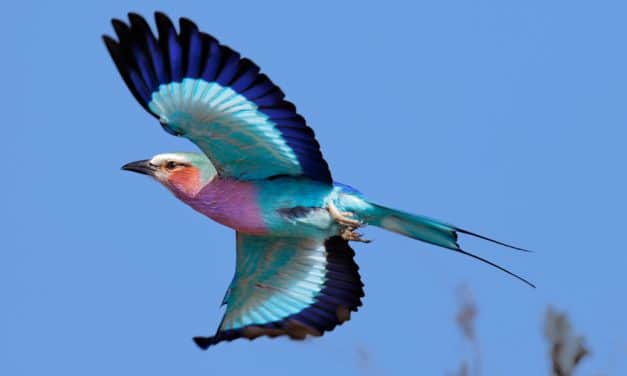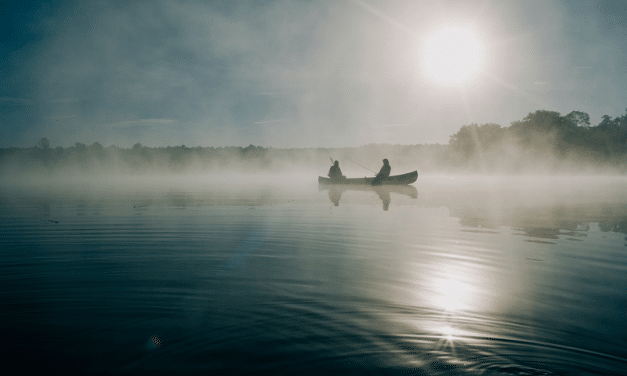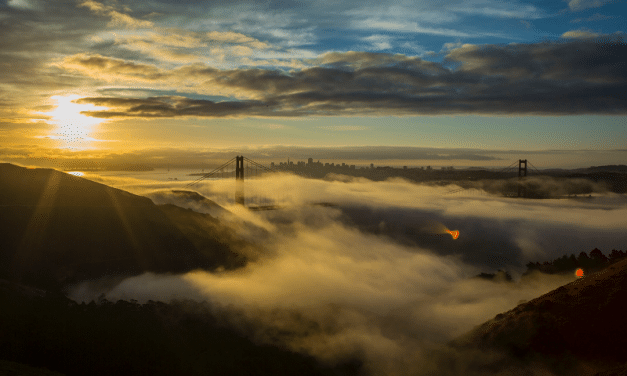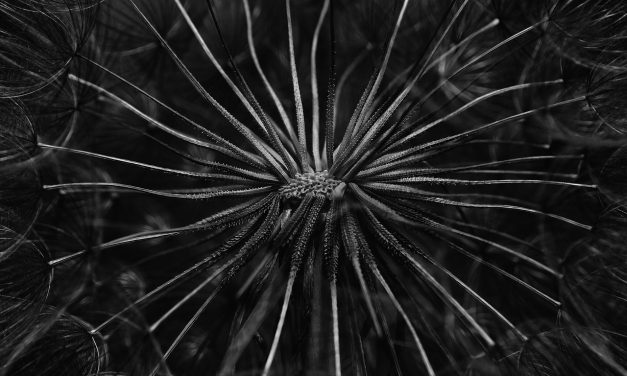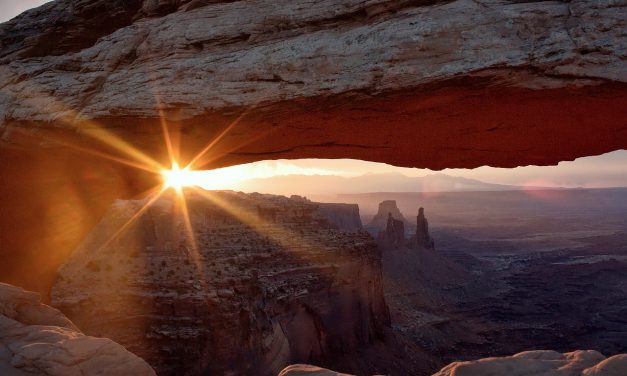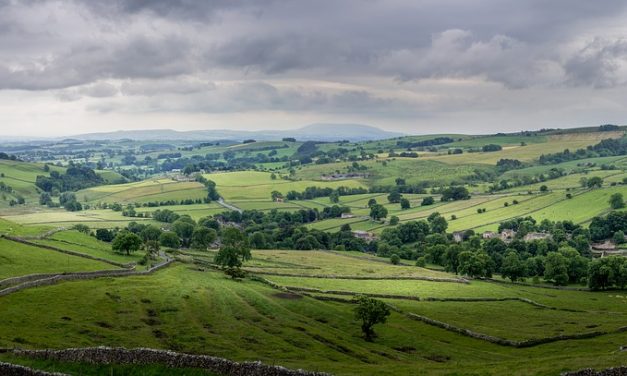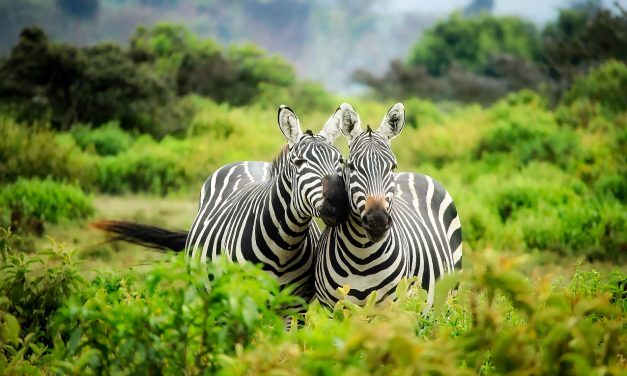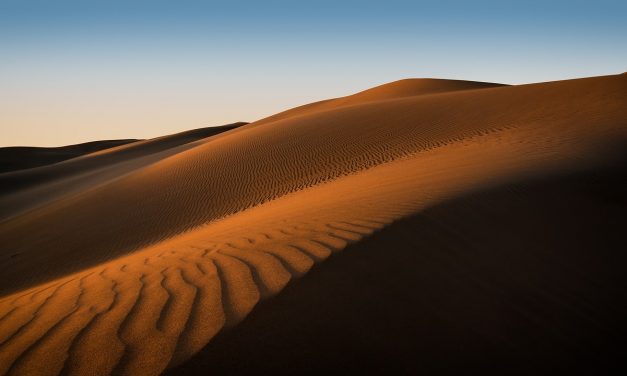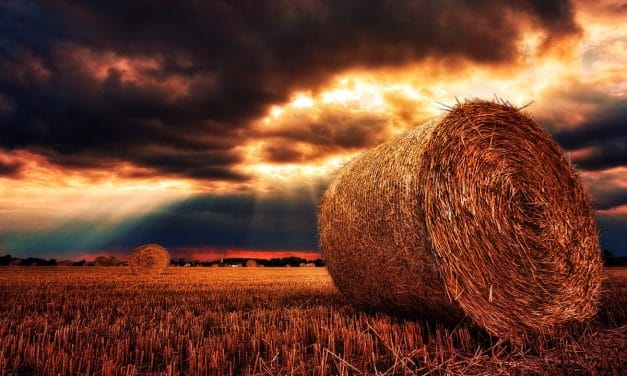6 Steps To Photographing Birds Successfully
Even if you have some experience with wildlife photography, learning how to photograph birds can be a difficult hurdle. Birds are skittish and move quickly, and can be hard to capture – both while they’re sitting still on the ground or on a branch, or when they’re in flight.
Read More
